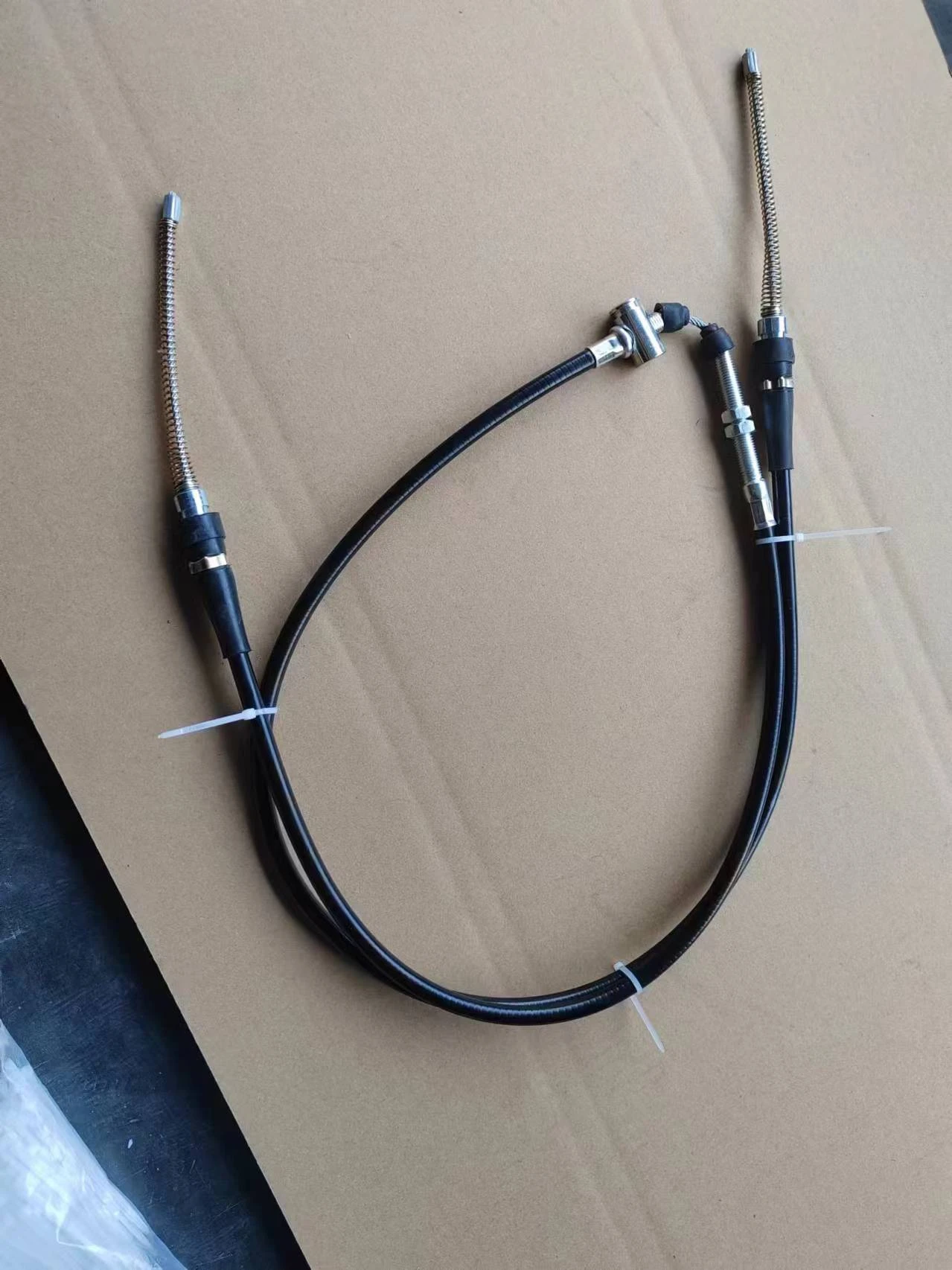throttle and throttle cable
Understanding Throttle and Throttle Cable Their Importance and Functionality
In the world of automotive engineering, the throttle system plays a crucial role in determining the performance of an engine. At the core of this system is the throttle cable, a simple yet essential component that significantly influences how a vehicle responds to the driver's inputs. This article will delve into the intricacies of throttle and throttle cables, exploring their functions, types, and the importance of proper maintenance.
What is Throttle?
The throttle is a mechanism that regulates the engine's air intake, thereby controlling the engine's power output and speed. It acts as the engine's respiratory system, allowing air to enter while managing the mix with fuel for combustion. When a driver presses the accelerator pedal, they are essentially opening the throttle, which signals the engine to draw in more air. This results in increased power, allowing the vehicle to accelerate.
Throttle systems can be either mechanical or electronic. Mechanical throttle systems use a direct cable linkage to regulate air intake, while electronic throttle control (ETC) employs sensors and actuators to achieve the same result without a physical cable.
The Role of the Throttle Cable
The throttle cable is a crucial component of mechanical throttle systems. It connects the accelerator pedal to the throttle plate in the engine's intake manifold. When the driver presses the accelerator pedal, the throttle cable pulls on the throttle plate, allowing more air into the engine. This direct physical connection translates the driver's intentions into action, facilitating smooth acceleration.
Over time, throttle cables can experience wear and tear due to friction, exposure to heat, and the elements. A worn or frayed throttle cable can lead to poor throttle response, erratic acceleration, and in some cases, complete failure to respond to the accelerator pedal. This underscores the importance of regular inspection and maintenance of the throttle cable.
Types of Throttle Cables
Throttle cables come in various types, each designed for specific applications and vehicle types. The most common types include
1. Push-Pull Cables These cables can pull and push the throttle plate simultaneously. This dual functionality is often used in performance vehicles where precise throttle control is necessary.
throttle and throttle cable

2. Offset Cables These cables have a unique design that accommodates certain engine configurations. They are typically used in vehicles with limited space around the engine.
3. Standard Cables The most common type, standard throttle cables, work well for a majority of vehicles and offer a reliable connection between the pedal and the throttle.
The Importance of Proper Maintenance
Like any other mechanical component, throttle cables require regular maintenance to ensure optimal performance. Here are some tips for maintaining throttle cables
- Regular Inspections Periodically check the throttle cable for signs of wear, fraying, or damage. Look for kinks or bends that could impede functionality.
- Cleanliness Keep the cable and its housing clean. Debris and dirt can cause friction, leading to premature wear.
- Lubrication Apply lubricant to the cable and housing to ensure smooth operation. Proper lubrication reduces wear and can extend the cable’s lifespan.
- Professional Replacement If signs of significant wear are evident, it may be time for a replacement. Consult with a professional mechanic to ensure the new cable is correctly installed and adjusted.
Conclusion
Understanding the dynamics of throttle systems and the critical role of the throttle cable is essential for both vehicle owners and enthusiasts. A well-functioning throttle and throttle cable ensure a vehicle responds promptly to the driver's inputs, enhancing both performance and safety. By taking care of these components through regular maintenance and timely inspections, drivers can enjoy a smooth and responsive driving experience. Whether you're driving a high-performance sports car or a reliable daily commute vehicle, recognizing the importance of these systems can help maintain your vehicle's efficiency and longevity.
-
Upgrade Your Control with Premium Throttle CablesNewsAug.08,2025
-
Stay in Control with Premium Hand Brake CablesNewsAug.08,2025
-
Experience Unmatched Performance with Our Clutch HosesNewsAug.08,2025
-
Ensure Safety and Reliability with Premium Handbrake CablesNewsAug.08,2025
-
Enhance Your Vehicle with High-Performance Clutch LinesNewsAug.08,2025
-
Elevate Your Ride with Premium Gear CablesNewsAug.08,2025
